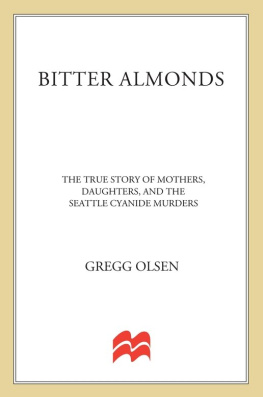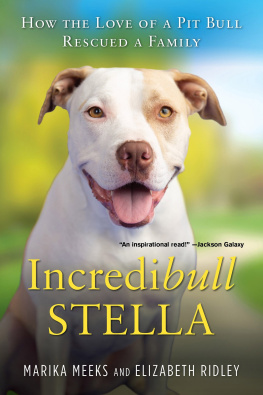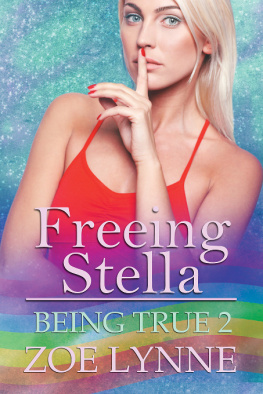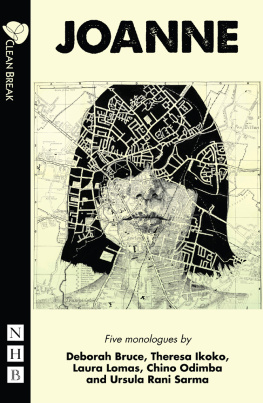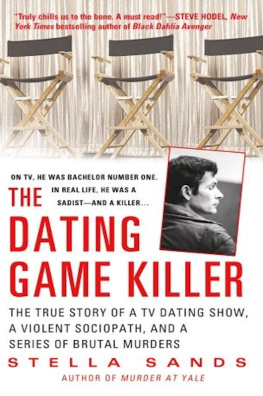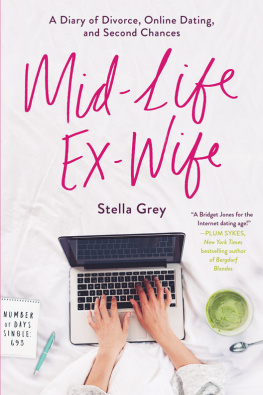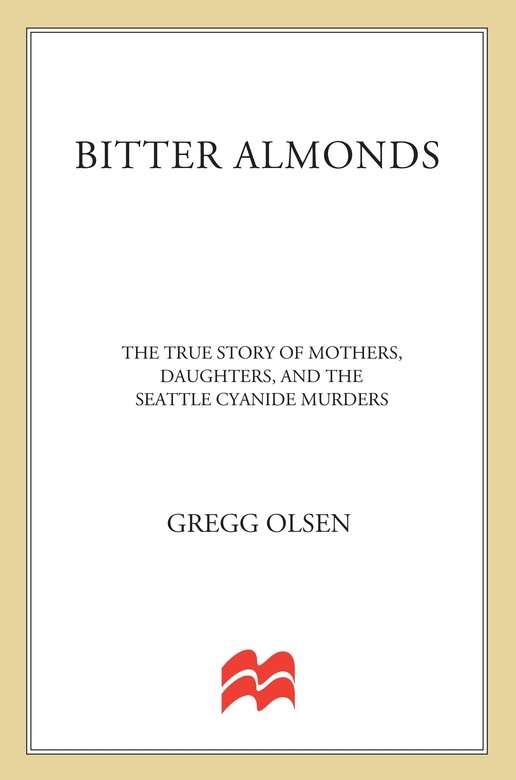This is a work of nonfiction and as such it is only as good as the authors sources. I have been very fortunate. Nearly all of the people cited in these pages were interviewed specifically for this book. Two names have been changed. Where possible, verbatim testimony was used to reconstruct conversations. In other cases, I relied on the recollections of sources directly involved in such conversations.
I regret I was unable to reach Cindy Hamilton. None involved in the case, her life, her family knewor would saywhere Stellas daughter was living. I tried every legal means available, but could not locate her.
Over the years of researching and writing this book, I have had the pleasure of meeting and getting to know dozens involved in this tragic American drama. I appreciate the time and effort given so freely by so many seeking the answers to questions of their own.
I have also been inspired by some, in particular, Sue Snows survivorsHayley Snow, Cindy Exa Snow, Sarah Webb, and Paul Webking. Hayleys anguish and confusion over family loyalties, as written in her diaries, shaped the book tremendously. Sarah Webbs devotion to her twin sisters memory and her pain over her loss touched me profoundly. Guilty of nothing but the kind of personality that might rub some the wrong way, Paul Webking was always honest, thoughtful, and direct. I thank him for all of that.
The many contributions Wilma Stewart made to this book areimmeasurable. Stellas niece, now happy and successful in her career, put me in touch with relatives and friends who filled in the gaps. Whenever I had a question, Wilma was always ready to search for an answer. Wilma, in many ways, is my hero, the hero of this work.
I also wish to thank the FBI, especially Seamurs Case Agent Jack Cusack, and the many others who assisted me throughout the project, including Ron Nichols, Dave Hill, Dick Thurston, and Bobbi Cotter.
Others I am indebted to: literary agent Janice Gordon of Black, Inc.; the wonderful Anne Milburn, my editor at Warner Books; Dawn Anderson, Paula Bates, Barb Meyer, Larry Venable, Dee Rogers, and, of course, the ever-resourceful Sandy Scott.
Then there is Stella Maudine Nickell. As the only writer to ever interview Stella, I met her several times at the federal prison near Pleasanton, California. It is one of those prisons invariably described as resembling a college campus or a country club. Of course, it is neither. Here are some notes on the first of several visits:
She surprised me in both her appearance and demeanor. I had seen only her drivers license photograph; this Stella Nickell looked better than ever. Blue jeans flattered her 49-year-old figure and her trademark long wavy black hair, now streaked with gray, was pulled back in a barrette. Earrings she made herself dangled.
Despite her reputation as a human iceberg, the Stella I met exhibited a full range of emotions: laughter, anger, tears. She was pleasant and politeand adamant about everything. Stella never wavered from her position of innocence.
It is not in me to kill anyone, she told me several times.
Destined to be the grande dame of the federal prison system when, and if, she is paroled in her seventies, Stella told me she was the victim of some kind of a plot or a frame-up. Though she had several years to conjure one up, she had no pat answer to explain why she was arrested and convicted of five counts of product tampering.
But part of the puzzle, she said, rested with her elder daughter. Though she never came out and said it, the implication was always that Cindy had set her up. The betrayal hurt her deeply, but Stella always knew it would end that way.
Everybody was sure shed back off, change her mind and change her story. I said no. Once Cynthia starts something she willnot back off. Because Cynthia is not one to admit that shes wrong. Even though she might know that shes wrong, she will never admit it. Shes been that way all of her life.
To pass time, in addition to a prison job, Stella reads quite a bit and crochets afghans for her grandchildren and niece. She avoids televisionMTV is a favorite of Pleasanton inmates and Stella has always been a little bit country.
Under the sink in her cell is a box of legal papers from her 1988 trial. She says she has other appeals to file but is unable to come up with the money for an attorney. She wont give up, and someday, she insists, she will prove her innocence.
I am not a killer, she repeated.
Though I could see the indications of a hard life on her face and in her manner, I left Pleasanton feeling sad for her and angry at her at the same time. I couldnt forget the anguish and tragically altered lives of Sue Snow and her family. But I also felt torn. I liked Stella Maudine. I never expected that.
G.O., April 1993
P.S. Id like to thank the following who helped make this updated re-issue possible: My agent Susan Raihofer of the David Black Literary Agency; the editorial staff of St. Martins PressCharles Spicer and Joe Cleemann; and lastly, Tina Marie Brewer and her mother, June Wolfe, for their much appreciated help.
G.O.. September 2002
Investigators like to roll up their sleeves, put their feet up and talk about a case that haunts them. They replay the case over and over as if by doing so theyd be able to find missing pieces. As a writer, I understand that kind of exercise. Im guilty of it myself. Whenever the product tampering case that took the lives of Sue Snow and Bruce Nickell comes to mind, I rerun the same movie. For me, there are just as many unanswered questions today as there were when I first wrote Bitter Almonds . Most of those questions are posed within the last few paragraphs of the book youve just read.
The biggest question I had was always about Stellas daughter. What did she know? How much of what she said was the truth? Why hadnt Stellas lawyer pushed her harder on the stand? How come she got all that money? And where did she go?
In January 2001, after more than a decade of nothing, things started stirring in the Nickell case. CBS News 48 Hours was working on a piece profiling a couple of private investigators and a lawyer who were about to proclaim Stella Nickells complete innocence and file for a new trial. Their premise was that an overzealous government, led by FBI agent Jack Cusack, had railroaded their client. The private investigators wanted to find Cindy and had been searching for her for the past year, but with no luck. I told one of them to join the club.
About that time, I got an email through my Web site. It wasCindys daughter, whom I didnt name in the book and I wont name here. She had heard bits and pieces of the product-tampering story that put her grandmother in prison and her mother on the run. She wanted a copy of the book and I gladly sent one to her address in Southern California.
She also wanted to tell me about her life. She told me of a childhood marked by a five-year abandonment by her mother; of a mother who appeared to put her own needs well ahead of her daughters. It was so much a retelling of Stellas own techniques it reminded me of how Bob Strong had said how daughter and mother walked in the same tracks, the same way. Cindys daughter said she was abused and had a baby at sixteen, whom she gave up for adoption. She said that her mother was in competition with me when it came, to men. Sounded just likeStella.
The young woman told me how Cindy never wanted to talk about the case or her mother. She also said that her mother kept her isolated from the rest of the family.

